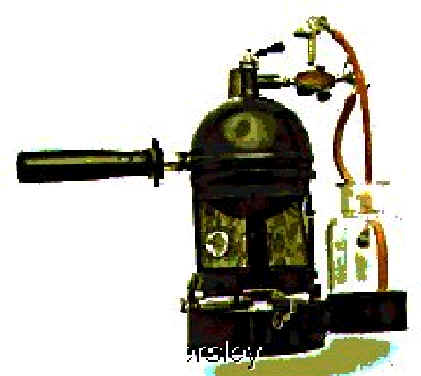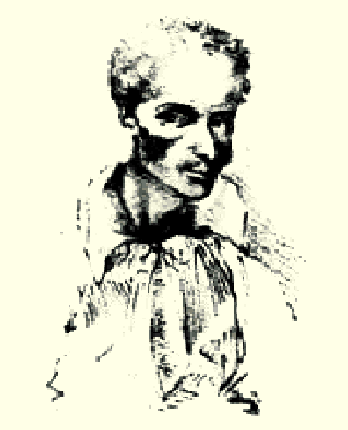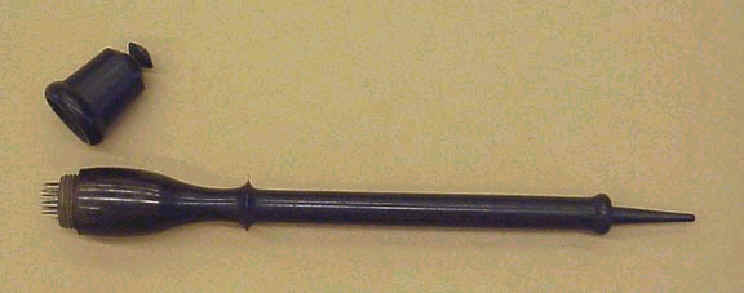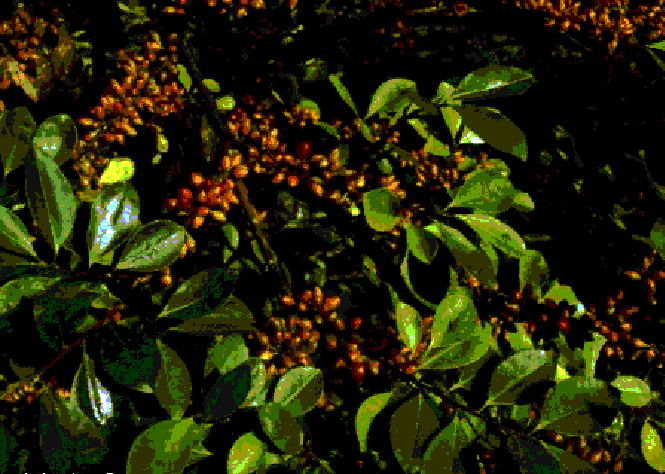Home
Quizlist
Credits
Contact Us
Medical Trivia Quiz Prelims
| Home |
| Quizlist |
| India Quiz |
| Prelims |
| Finals |
| Trivia Quiz |
| Prelims |
| Finals |
| Cartoons Quiz |
| Prelims |
| Finals |
| Sports Quiz |
| Prelims |
| Finals |
| Literature Quiz |
| Prelims |
| Finals |
| Medical Trivia Quiz |
| Prelims |
| Finals |
| Science Quiz |
| Prelims |
| Finals |
| Tips for Quizmasters |
| Sherlock Holmes Mania |
| Orage 2001 |
| Plus! |
1.
What does qqh in a prescription mean?
2.
This drug was conceived as a prodrug, that would be broken down in the
body It was envisaged that this would occur through the action of enzymes known
to be prevalent in prostatic tumours (acid phosphatases). The drug had excellent
activity against a whole range of tumours but not prostatic tumours. It was
activated through metabolism by enzymes present in liver. What drug?
3.
What disease is also known as the Neopolitan disease, the French disease,
the English disease, the Spanish disease, and the Polish disease? In china, it
is called the Canton disease; in Japan, the Chinese disease; in England, the
French pox; and in France, la grosse verole.
4.
Robert Koch found it exceedingly difficult to grow solid gelatin cultures
because they kept running off conventional lab containers. His assistant solved
the problem for him. Who was the assistant and what was his solution?
5.
What happened to the deceased person's brain during the process of
mummification?
6.
Leonardo da Vinci wrote...
'No organ needs so great a number of muscles as this organ. Of these, 24 were already known apart from the others that I have discovered, and of all the members moved by voluntary action, this exceeds all the rest in the number of its movements... the present task is to discover in what way these 24 muscles are divided or apportioned in the service of this organ in its necessary movements which are many and varied, and in addition, it has to be seen in what manner the nerves descend to it from the base of the brain, and how they pass into this organ, distributing themselves and breaking into ramifications... Moreover, you should show whence these muscles have their origin, that is, some in the vertebra of the neck.. some in the maxilla.. and some on the trachea... and similarly how the veins nourish them and how the nerves give them sensation.'
Name this organ.
7.
What is the claim to fame of Janet Parker, a medical photographer, who
died in 1978?
8.
Her festival falls on the seventh day after Holi in the month of Chaitra,
She is the goddess who protects children from the dreaded disease of small pox.
Festive eatables are cooked on the previous day, and no cooking is done on that
day. Name the goddess and the festival.
9.
The old observation that urine, injected intravenously, lowers blood
pressure led to the discovery of this group of peptide mediators. Interest in
the field intensified when Rocha e Silva reported that reported that trypsin
acted on plasma globulin to produce a substance that lowered BP and caused a
slowly developing contraction of the gut. Name this substance.
10.
Lycanthropy is a psychiatric condition in which a person starts believing
that he is a particular animal, and imitates its lifestyle. What animal?
11.
Horrified by what he had seen on the battlefield as a military surgeon, a
young Frenchman, Dominique-Jean Larrey started this in 1792.
The success of Larrey's approach earned him the position as Chief Surgeon
of the Guard in all Napoleon Bonaparte's major campaigns from 1805 onwards.
Ten years later he was present at the Battle of Waterloo, tending
casualties from both sides until he himself was wounded. What did he start?
12.
This drug is a product of rational drug design. From 1942 on, Hitchings,
Elion,and coworkers, in an effort to introduce new antineoplastic agents,
started to synthesize and evaluate potential antimetabolites of the purine and
pyrimidine bases of the nucleic acids. They tried this drug first in leukemia
patients; it produced expected results but had no antineoplastic effect. This
result suggested its potential usefulness in the therapy of another disease. In
1963, Rundles and co-workers performed, with great success, the first clinical
trial of this drug in that disease. Name the drug and the disease.
13.
A little of ‘the leprous distilment’ of this herb was poured into the
ear of Hamlet’s father while he slept and it killed him. A compound found in
this herb is considered the best antiemetic for motion sickness. It is called
khorasani ajwayan in vernacular. What herb?
14.
What system of therapeutics is founded on the stated principle that
"like cures like," similia similibus curantur?
15.
When the Arabs introduced the technique of obtaining this substance into
Europe in the Middle Ages, the alchemists believed that it was the long-sought
elixir of life. Its name is derived from Gaelic usquebagh, ‘water of
life’. What?
16. Name this device.

17. Name this man who was suffering from tuberculosis and did this self-portrait.

18. This instrument is called Lebenswecker which is German for "life awakener". What is this instrument used for?

19. The generic name of this plant means ‘red wood’, but it is neither the wood nor the berries, but the leaves that contain the active substance. Name the plant.

